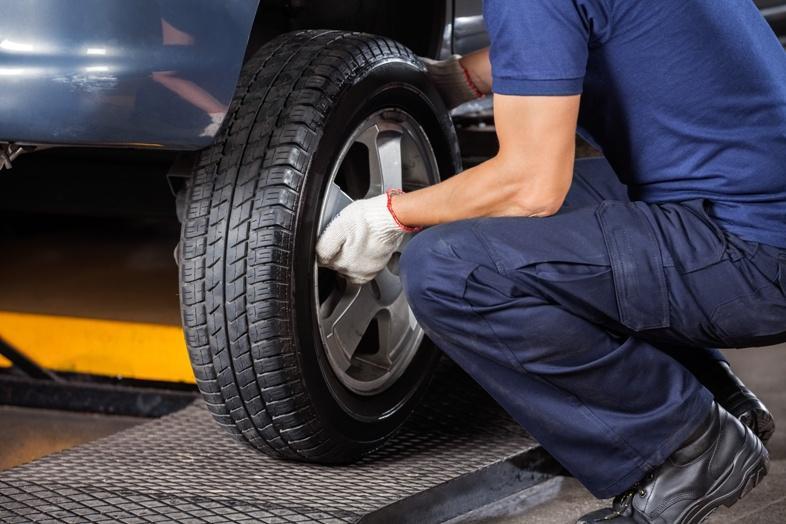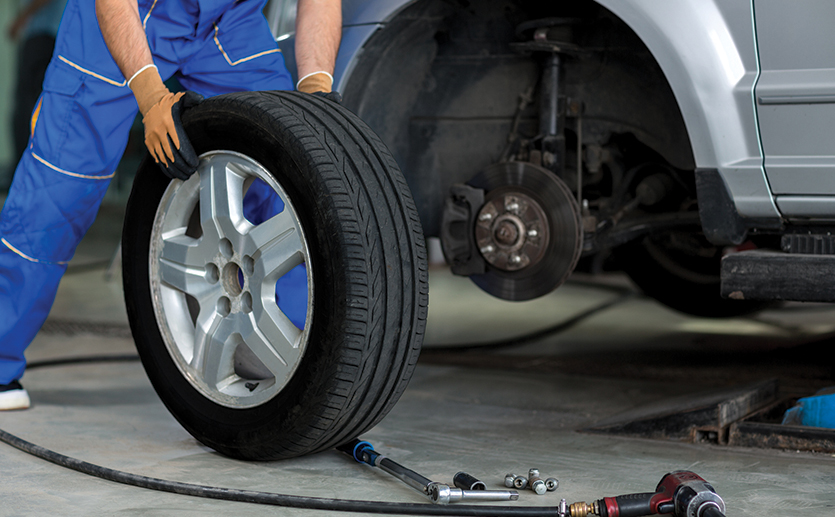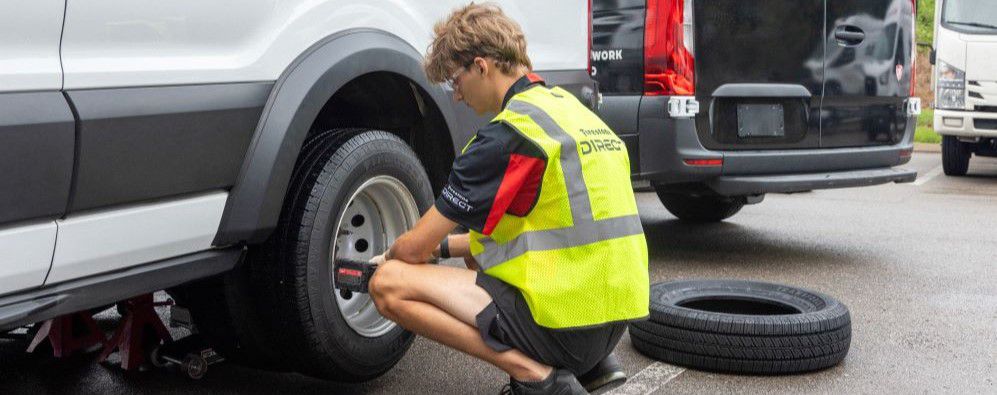The Ultimate Tire Repair Checklist for Safety and Savings
Keeping optimal tire problems is a fundamental facet of ensuring security on the road and making best use of cost-efficiency in the lengthy run. From tire pressure to step depth, each element plays an important role in the general performance of your vehicle.
Significance of Tire Maintenance
Regular tire maintenance is vital for guaranteeing car security and extending the life-span of your tires. In addition, revolving your tires at recommended intervals promotes also tread wear, leading to a longer life expectancy for your tires and far better handling of your vehicle.
Additionally, routine tire evaluations can help determine prospective issues such as slits, cuts, or bulges, which if left unattended, could lead to tire failure. discount tires morris il. Appropriate placement and harmonizing add to a smoother experience, improved gas performance, and avoidance of irregular tire wear. Finally, focusing on tire maintenance not just ensures your security when traveling however also saves you money by prolonging the life of your tires and staying clear of costly repair work or substitutes
Monitoring Tire Stress
Making certain the correct rising cost of living of your tires is a basic facet of car maintenance that straight impacts safety and security and efficiency. Correct tire pressure not just enhances handling and stopping however likewise adds to sustain performance. To inspect tire pressure, use a tire pressure scale to gauge the atmospheric pressure in each tire, including the extra. Describe the lorry supplier's advised PSI (extra pounds per square inch) degrees, normally discovered on a sticker inside the motorist's door, in the owner's handbook, or online. It is a good idea to examine tire pressure when the tires are cool, as driving heats up the tires and increases stress readings. Bear in mind to examine stress degrees on a regular basis, at least as soon as a month, and previously long trips. Overinflated or underinflated tires can bring about uneven walk wear, lowered grip, and possible blowouts. By preserving appropriate tire stress, you not only guarantee your safety but also extend the life expectancy of your tires and optimize fuel economic climate.
Checking Tread Deepness
To make certain optimal security and performance of your automobile, an essential facet of tire maintenance involves examining the walk depth routinely. The walk on your tires plays an essential function in maintaining grip when driving, specifically in damp or slippery problems - morris tire. Inadequate walk depth can cause lowered grasp, longer stopping ranges, and a raised risk of hydroplaning
One usual approach to check tread depth is by utilizing a step deepness scale. Put the scale into the walk grooves to determine the deepness. Most new tires have a tread deepness of around 10/32 to 11/32 of an inch. As the walk wears down, it is vital to monitor it routinely. The minimal legal walk deepness limitation is 2/32 of an inch in the majority of states, but also for enhanced safety and security, it is suggested to replace tires prior to they reach this limitation.

On a regular basis inspecting your tread depth and changing tires when necessary will certainly not only enhance your safety and security when traveling however additionally add to cost savings by enhancing fuel effectiveness and expanding the life-span of your tires.
Identifying Tire Damage
Checking your tires for indications of damages is critical for keeping roadway safety and avoiding possible risks. When examining your tires, look out for cuts, slits, protrudes, fractures, and any type of various other problems on the step or sidewall.

Increasing Tire Life-span
Routine maintenance practices and proper driving practices are vital consider making best use of the longevity of your tires. To extend the life expectancy of your tires, begin by ensuring they are properly blown up according to the maker's referrals. Underinflated tires can bring about increased wear and decreased fuel effectiveness. Furthermore, revolve your tires consistently to advertise even walk wear. This practice aids to extend the life of your tires by guaranteeing that they use down consistently. Keeping your wheels correctly aligned is likewise vital in stopping uneven wear patterns that can reduce tire life expectancy. Preventing abrupt stops, sharp turns, and speeding can lower unneeded wear and tear on your tires. Finally, consistently check your tires for indications of damage, punctures, or irregular wear, and resolve any type of problems without delay to stop more damages. By following these methods, you can substantially extend the lifespan of your tires, conserving you cash in the future.

Conclusion
In verdict, regular tire upkeep is crucial for making sure safety and conserving money over time. By examining tire stress, examining tread deepness, identifying tire damages, and prolonging tire life-span, drivers can avoid accidents and pricey repair services. Prioritizing tire upkeep is a simple yet efficient way to remain secure when traveling and prevent unneeded expenditures.